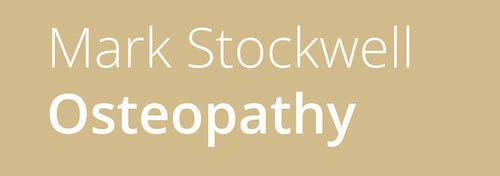Lower Back Pain: Understanding the Causes, Symptoms & Effective Treatments
Lower back pain is one of the most common complaints we see in clinic. Whether it's a dull ache after sitting too long, or sharp pain that stops you in your tracks, lower back pain can affect your work, mood, and sleep. The good news? With the right understanding and tailored treatment, most cases can improve — often dramatically.
What Causes Lower Back Pain?
The lower back (or lumbar spine) is a complex structure made up of bones, joints, discs, muscles, nerves and ligaments — and any of these can contribute to pain. Common causes include:
Muscle strain from lifting or overuse
Facet joint irritation (the small joints in the back of the spine)
Disc problems, such as bulging or herniated discs
Degenerative changes (wear and tear, often age-related)
Poor posture or prolonged sitting
Sedentary lifestyle
Stress, which can cause muscular tension
It’s not always one single cause — sometimes it's a combination of factors building up over time.
Symptoms of Lower Back Pain
Symptoms can vary widely depending on the underlying cause, but may include:
A dull, persistent ache or sharp, shooting pain
Pain that worsens with movement, sitting, or standing
Stiffness in the lower back
Pain radiating into the buttocks or legs (possibly sciatica)
Reduced flexibility or range of motion
Muscle spasms
If the pain is severe, persistent, or accompanied by numbness, tingling, or loss of bladder/bowel control, it’s important to seek medical attention promptly.
What Can Be Done About It?
There is no one-size-fits-all solution — the key is understanding your back pain and choosing the right treatment path. At our clinic, we offer a range of evidence-informed approaches:
Manual Therapy
Hands-on osteopathic techniques can relieve muscle tension, improve joint mobility, and reduce pain. This is often a useful starting point to help get you moving again. Depending on severity, how long you’ve had it and the cause, we would normally suggest a short course of Osteopathy.
Exercise Prescription
Targeted exercises help strengthen the core, improve posture and flexibility, and support long-term recovery. We’ll tailor a plan to your needs — not just generic stretches.
Shockwave Therapy
For chronic, stubborn pain (especially related to soft tissue, and facet joint pain), focused shockwave therapy can stimulate healing, reduce inflammation, and promote tissue regeneration.
EMTT (Extracorporeal Magnetotransduction Therapy)
EMTT is a non-invasive therapy that utilises pulsed electromagnetic fields to stimulate cellular activity and promote tissue regeneration, including bone tissue. A modern, non-invasive, evidenced based option that complements manual therapy or exercise.
IDD Therapy
Ideal for disc-related pain, IDD (Intervertebral Differential Dynamics) Therapy is a targeted spinal decompression treatment that helps reduce disc pressure, restore mobility, and relieve nerve irritation. It’s particularly helpful in cases of herniated discs or degenerative disc disease.
Preventing Lower Back Pain
While not all back pain is avoidable, there are things you can do to lower your risk:
Stay active — movement is medicine
Strengthen your core and lower body
Be mindful of posture (especially when sitting)
Use good lifting technique
Take regular breaks from desks or screens
Don’t ignore early warning signs — small tweaks early can prevent bigger problems later
Struggling with lower back pain?
We’re here to help you understand the cause and build a treatment plan that works. Whether it’s hands-on therapy, targeted rehab, or advanced technology like shockwave or IDD, we’ll help you get back to doing the things you love.
